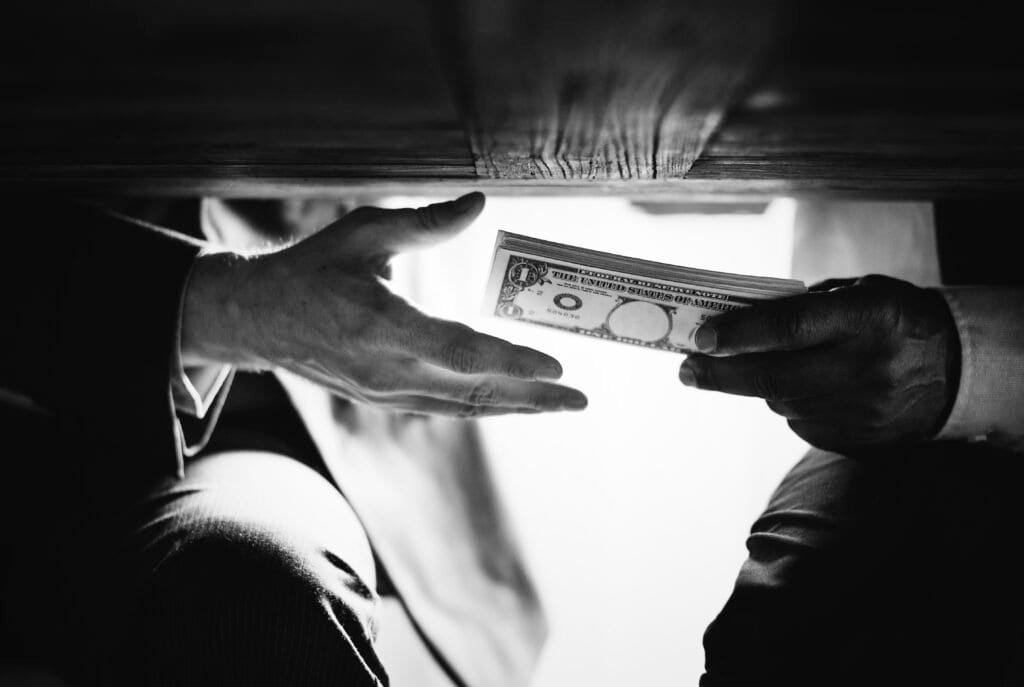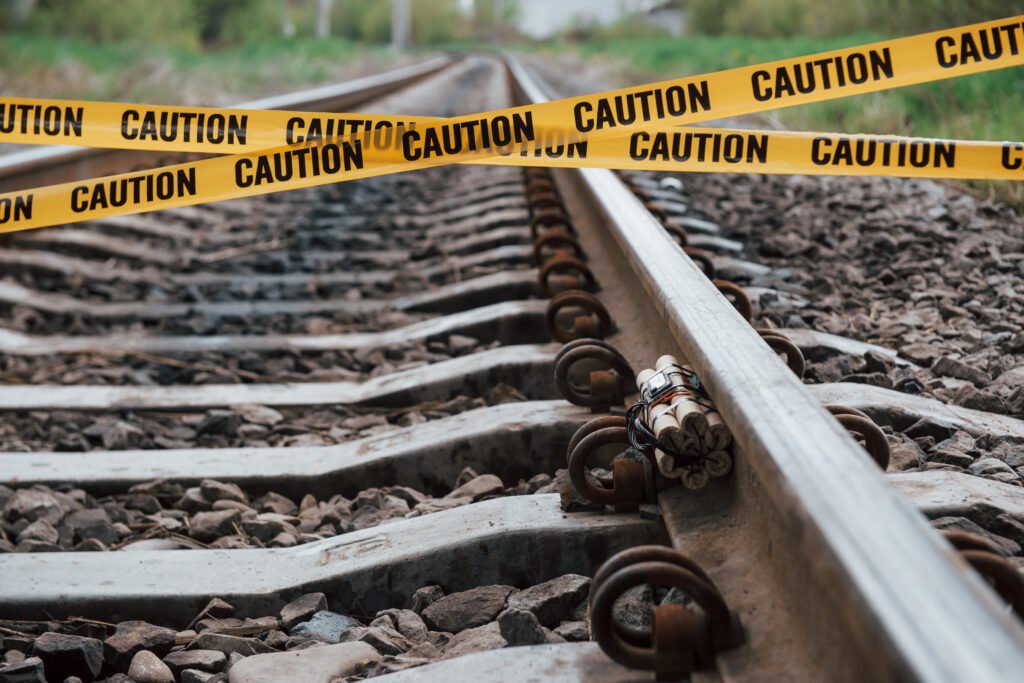Why Does Human Trafficking Happen? Exploring the Root Causes in Iowa
It’s a question that cuts deep: In a state like Iowa, known for its community values, why does child trafficking happen? Why does human trafficking, a crime that strips individuals of their freedom and dignity, continue to exist anywhere? The answers aren’t simple; they lie in a complex web of intersecting factors.
Why Does Human Trafficking Happen?
(TLDR: Human trafficking persists because it’s profitable, there’s demand for cheap labor and sex, and traffickers exploit vulnerabilities. In Iowa, factors like poverty, substance abuse, foster care involvement, online risks, and potentially its location on major highways contribute. Addressing these root causes is key to prevention.)

Understanding the causes of human trafficking is critical if we hope to prevent it. It’s not caused by a single factor, but rather by a confluence of circumstances that create both the opportunity for traffickers and the vulnerability in potential victims.
This article explores the fundamental drivers behind human trafficking globally and attempts to contextualize these human trafficking causes within Iowa, looking at socioeconomic conditions, systemic issues, and specific risk factors prevalent in our state.
Understanding these root causes helps us move beyond reacting to crises and towards building more resilient, protective communities. Find out more about the scale of the issue on our [Link to: Iowa Child Trafficking Statistics: The Numbers Behind the Crisis page].
The Core Drivers: Profit, Demand, and Exploitation
At its most fundamental level, human trafficking persists because of two interrelated forces:

- Profit Motive: Human trafficking is a lucrative criminal enterprise. Traffickers exploit people for financial gain, whether through selling them for sex or forcing them into labor. It’s often described as a high-profit, low-risk crime compared to trafficking drugs or weapons, though penalties are increasing unodc.org. The commodification of human beings drives the industry.
- Demand: Trafficking wouldn’t exist without demand. This includes the demand for cheap or free labor in various industries (agriculture, hospitality, domestic work, construction) and the demand for commercial sex, including child sex tourism and online exploitation ourrescue.org. Addressing demand is a crucial, though often difficult, part of the solution.
These drivers create the market, but traffickers need victims. They find them by targeting and exploiting vulnerabilities.
Vulnerability Factors: Who is Targeted and Why?
Traffickers are predators who actively seek out individuals they perceive as vulnerable or lacking strong support systems. These vulnerabilities can exist at multiple levels:
- Individual Vulnerabilities:
- Poverty and Economic Instability: Lack of economic opportunity can make individuals desperate and more susceptible to false promises of jobs or a better life theexodusroad.com.
- Homelessness or Unstable Housing: Youth and adults without safe housing are highly vulnerable targets covenanthouse.org.
- History of Abuse or Trauma: Prior physical, sexual, or emotional abuse can lower self-esteem and make individuals more susceptible to manipulation and grooming acf.hhs.gov.
- Substance Use Disorders: Traffickers may exploit addictions, create them, or use substances as a means of control acf.hhs.gov.
- Mental Health Challenges: Individuals with untreated mental health issues may be more easily manipulated.
- Runaway or Throwaway Youth: Children and teens who have run away or been kicked out of their homes are extremely high-risk missingkids.org.
- Lack of Awareness/Education: Not understanding the risks or recognizing grooming tactics increases vulnerability.
- Being LGBTQ+: Especially youth rejected by family or facing discrimination are often targeted polarisproject.org.
- Family and Community Vulnerabilities:
- Family Dysfunction or Breakdown: Conflict, violence, or lack of parental support can leave children seeking connection elsewhere.
- Involvement in Child Welfare System: Children in foster care or group homes experience instability that traffickers exploit childrensrights.org. Rates of trafficking victimization are disproportionately high for youth with foster care involvement.
- Social Isolation: Lack of strong community ties or support networks can make individuals easier targets theexodusroad.com.
- Societal and Systemic Vulnerabilities:
- Demand for Sex and Labor (as mentioned above): This is a societal driver.
- Gender Inequality: Societal attitudes that devalue women and girls contribute significantly to sex trafficking unwomen.org.
- Discrimination and Marginalization: Racism, bias against immigrants, or other forms of discrimination can create systemic disadvantages that increase vulnerability.
- Weak Social Safety Nets: Lack of adequate support for housing, healthcare, education, and employment makes people more desperate.
- Normalization of Exploitation: Acceptance or trivialization of sexual exploitation in media and culture can lower inhibitions and fuel demand recognizeandreport.org.
Specific Considerations: Why Does Human Trafficking Happen In Iowa?

While the above factors apply everywhere, some have particular relevance when considering why does child trafficking happen Iowa:
- Location: Iowa’s position with major interstate highways like I-80 and I-35 crossing the state makes it a potential transit corridor for traffickers moving victims across the country [dps.iowa.gov – Iowa Dept. Public Safety often cites this context]. This doesn’t mean all trafficking here is transient, but it’s a contributing logistical factor.
- Economic Factors: Pockets of poverty or lack of opportunity, particularly in rural areas or specific urban neighborhoods, can increase vulnerability. Certain industries common in Iowa (e.g., agriculture, hospitality) can sometimes involve labor exploitation if oversight is lacking.
- Substance Abuse Crisis: Iowa, like many states, faces challenges with methamphetamine and opioid abuse odcp.iowa.gov. Substance use is strongly linked to trafficking—both as a vulnerability traffickers exploit and a tool they use for control acf.hhs.gov.
- Child Welfare System: Challenges within the foster care system, including placement instability or youth aging out without adequate support, create high-risk situations traffickers readily leverage.
- Online Risks: Increased internet access, even in rural areas, opens pathways for online grooming and exploitation. Isolation can make online connections seem more appealing and real, increasing risk, especially for youth.

Differentiating Drivers: Sex vs. Labor Trafficking
While vulnerability factors overlap, the primary drivers differ slightly:
- Sex Trafficking: Largely driven by the buyer demand for commercial sex. Exploits vulnerabilities like prior abuse, emotional needs (grooming, “loverboy” tactics), poverty, and sometimes substance use. Often involves intense psychological manipulation.
- Labor Trafficking: Primarily driven by demand for cheap/free labor in specific industries. Often exploits migration status, language barriers, debt, and lack of knowledge about labor rights. Tactics may include threats of deportation, wage theft, and controlling documents.
Conclusion: Addressing the Roots to Prevent the Crime

Human trafficking happens because a market exists driven by profit and demand, and because societal conditions create vulnerabilities that traffickers ruthlessly exploit. In Iowa, this means tackling poverty, strengthening families and the child welfare system, addressing the substance abuse crisis, promoting online safety, and working to reduce demand for both exploitative labor and commercial sex. It requires a multi-faceted approach that goes beyond rescuing victims to address the underlying causes of human trafficking. Only by addressing these root causes can we hope to build a future where this exploitation no longer finds fertile ground in our state.
Learn more about how exploitation manifests and how to recognize it: [Link to: Recognizing Child Exploitation in Iowa: Signs and Prevention page]
For a comprehensive overview of child trafficking in Iowa, visit our pillar page: [Link to Pillar Post: Child Trafficking in Iowa: Your Complete Guide to Awareness, Prevention, and Taking Action]`


